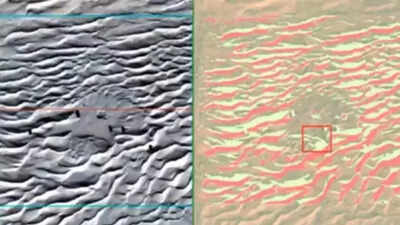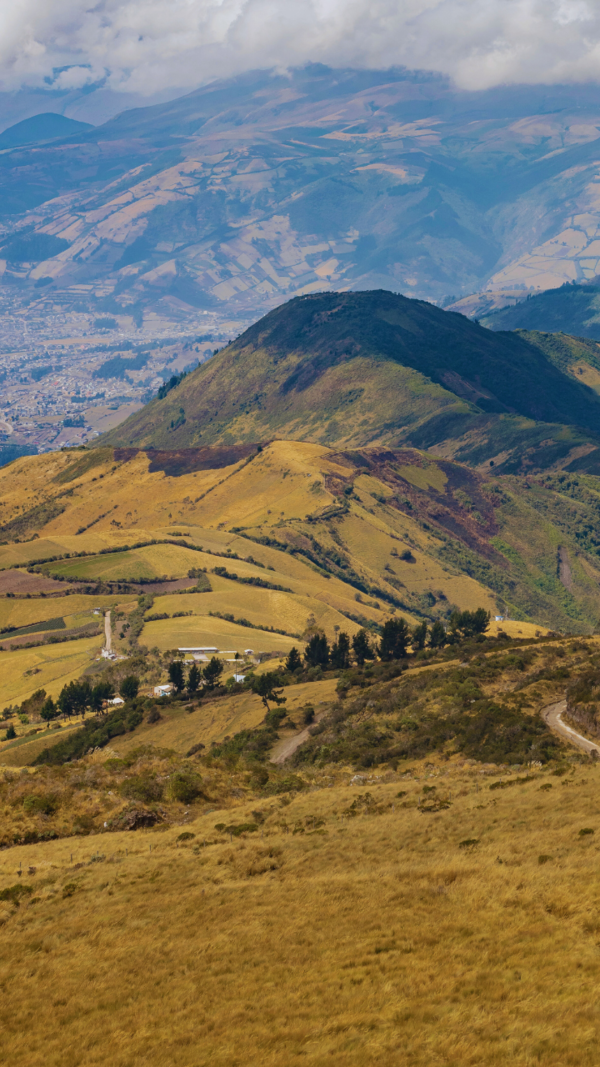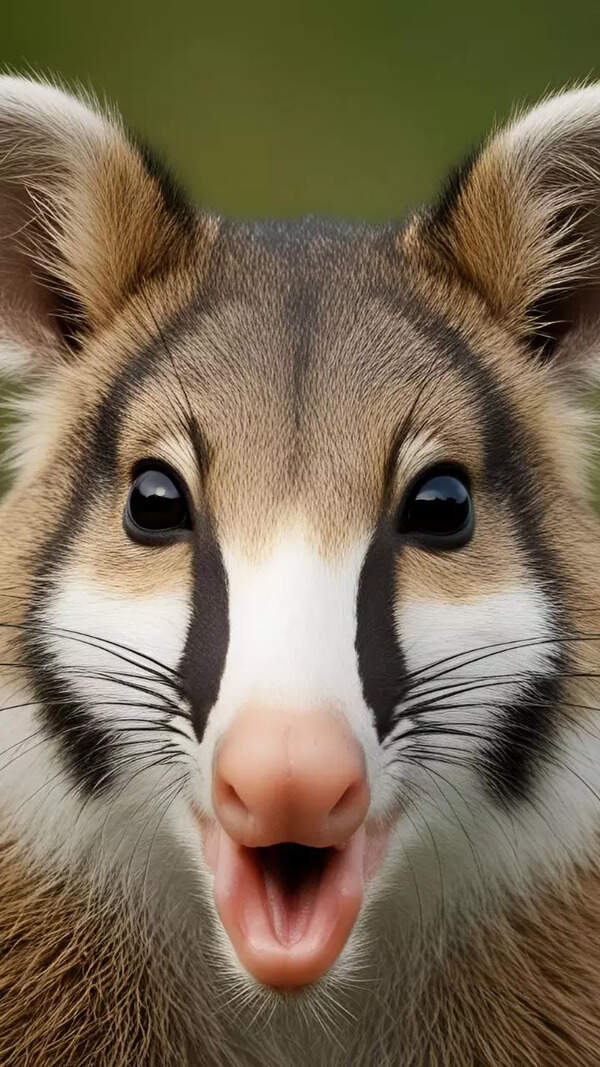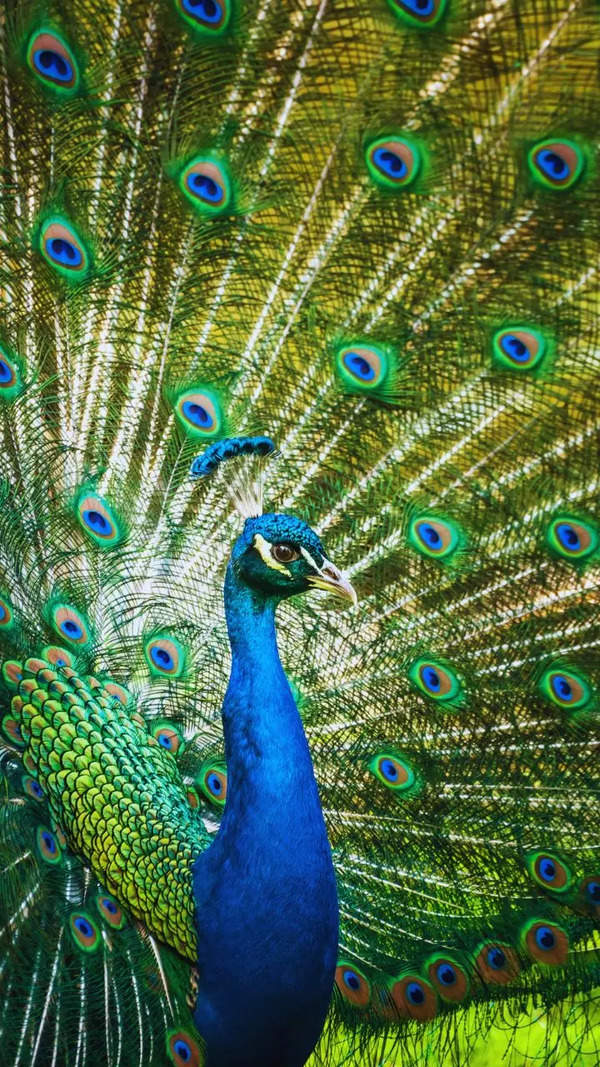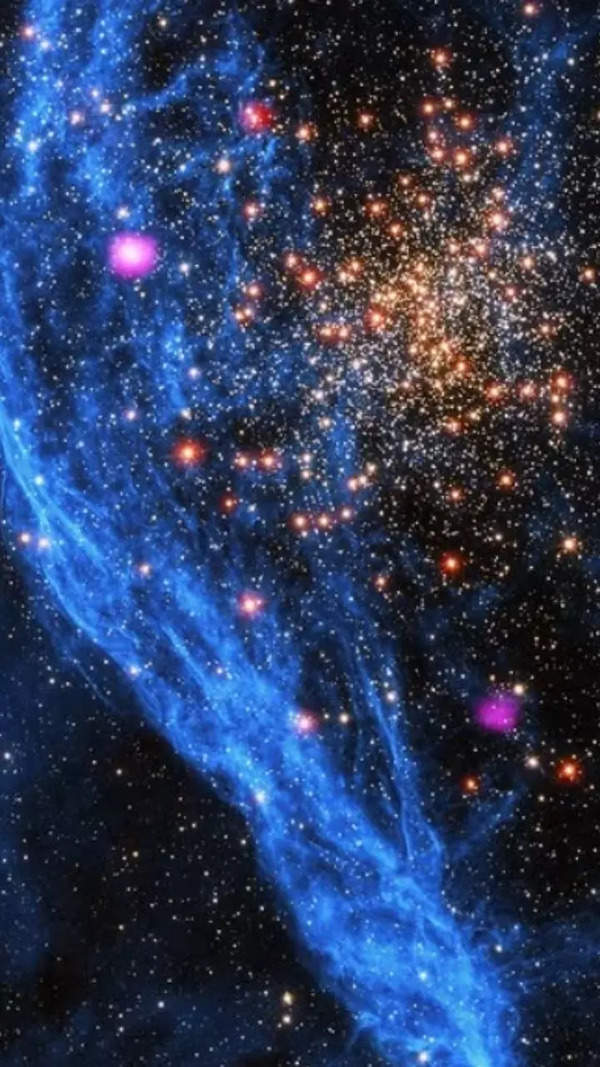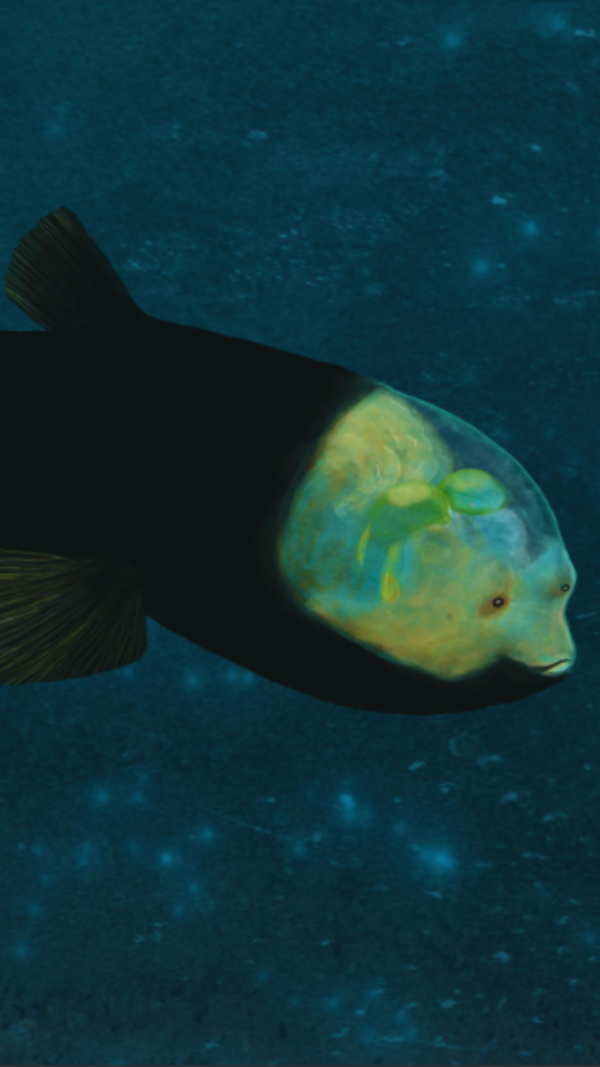- News
- Technology News
- Tech News
- Researchers use AI to uncover an ancient 5,000-year-old civilisation beneath the world’s largest desert – here’s how
Trending
Researchers use AI to uncover an ancient 5,000-year-old civilisation beneath the world’s largest desert – here’s how
Scientists at Khalifa University in Abu Dhabi have developed an AI algorithm capable of revealing hidden archaeological sites beneath desert sands using Synthetic Aperture Radar (SAR) images. This breakthrough has uncovered ancient human settlements, including a 5,000-year-old civilisation in the UAE's Saruq Al-Hadid region. Dubai Culture has approved excavations, potentially leading to further discoveries in arid landscapes globally.
For centuries, the Rub al-Khali, or Empty Quarter, has been a desolate and hostile desert, holding secrets of lost civilisations buried under its seemingly endless dunes. This is the world's largest continuous sand desert and has long remained shrouded in mystery. According to the ET reports, recent technological breakthroughs have finally opened up a secret chapter in this history, however, to produce the remains of a 5,000-year-old civilisation under its moving sands.
Khalifa University’s AI breakthrough uncovers hidden archaeological sites beneath UAE desert
This remarkable breakthrough has been made by a group of scientists from Khalifa University in Abu Dhabi, utilising the latest artificial intelligence and satellite imaging technology. The breakthrough is a machine-learning algorithm that can analyse satellite photographs to identify hidden archaeological sites that are buried under the sand, deep beneath the surface.
The secret to this groundbreaking find is found in the AI-powered algorithm that the team created. The machine-based system employs Synthetic Aperture Radar (SAR) images, enabling scientists to shoot through dense sand layers and see buried structures that would be undetectable using conventional archaeological techniques. SAR is a type of radar imagery which has the capability of imaging the Earth's surface in high resolution, even penetrating through thick sand dunes, and is thus the ideal instrument for revealing ancient lost civilisations.
AI uncovers lost civilisation at Saruq Al-Hadid, revealing new secrets of ancient settlements
The find is based on the ancient site of Saruq Al-Hadid, which was already famous for its archaeological value. The new AI technology, however, has unveiled even more secrets about the region, providing information about ancient human settlements that were unknown before. The machine-learning algorithm employed by the researchers has discovered remnants of a lost civilisation that existed in the area long ago.
This discovery is a huge step in archaeology since it shows the way AI and remote sensing can be used to find ancient settlements in otherwise intractable terrain. With the speed and efficiency with which AI can process huge amounts of data, the classical method of archaeological excavations is now supplemented by this new technique, and the previously unknown settlements can be found without having to go through a long process of excavation.
Dubai Culture greenlights excavations after AI reveals ancient sites
The implications of the finding have reached Dubai Culture, which is the government body entrusted with safeguarding the UAE's archaeological sites. Dubai Culture gave the go-ahead for excavation to start in areas targeted by the research team, paving the way for possible future sensational discoveries.
The combination of AI technology and government support could lead to even more important findings in the years to come, potentially reshaping our understanding of ancient civilisations in the Arabian Peninsula and beyond.
AI breakthrough offers global potential for uncovering lost civilisations in deserts
Though the breakthrough is significant for the UAE, its uses are much wider reaching than for the country. The AI-based approach the research team created is not only applicable to the deserts of the UAE but can be applied to the discovery of lost civilisations in other desert environments worldwide, including North Africa and the Middle East.
"These results are a proof-of-concept of how machine learning and SAR imagery can lead archaeological searches through desert landscapes," added Dr. Francis. "These regions are yet to be explored, yet we are certain they contain cultural heritage. Our techniques apply across all arid landscapes, and it's my hope that we can extend our work to the entire UAE and beyond."
Also Read | Airtel Prepaid Recharge Plans | Jio prepaid recharge plans

About the Author
TOI Tech DeskEnd of Article
Latest Mobiles
FOLLOW US ON SOCIAL MEDIA
